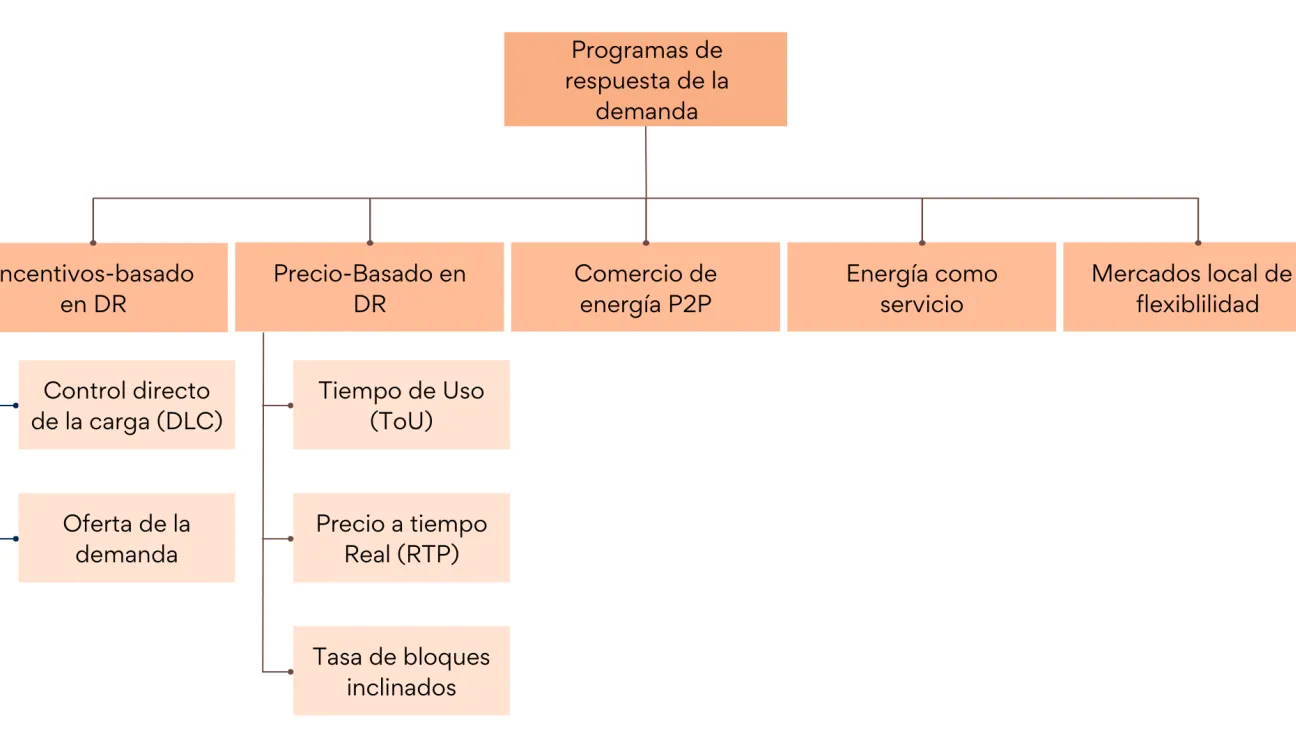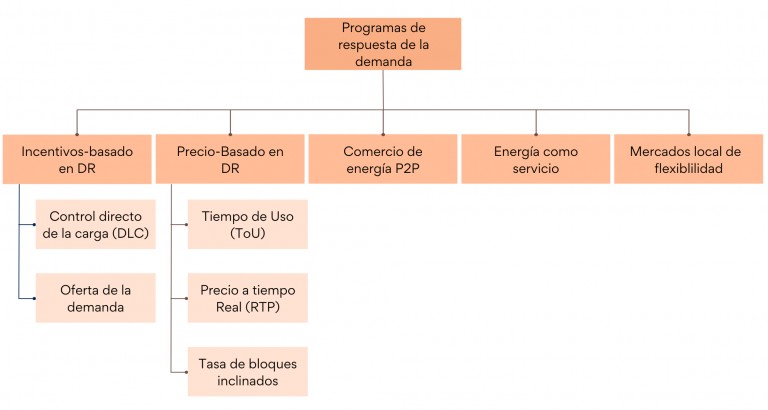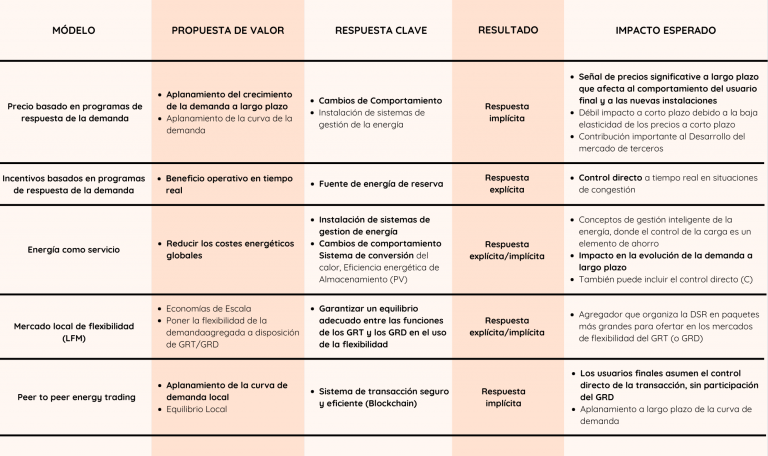What every DSO needs to know in order to give flexibility to the electricity grid from demand side management

The energy transition is accompanied by several transformations that are having an impact on the distribution network: the way electricity is generated is changing, with renewable energies and self-consumption having an increasing presence; and there is greater electrification of demand with new uses. In this context, the role of distributors is key to ensuring electricity supply and balancing energy flows. In other words, they must ensure that the grid is flexible, capable of adapting to diverse and dynamic conditions, maintaining the maximum balance between what is injected and what is withdrawn from the grid in order to anticipate saturations and supply quality problems. A key tool to achieve this is demand-side management, an opportunity given to consumers to affect the operation of the grid by changing their consumption patterns in order to receive economic benefits or incentives.
What is demand management?
Demand-side management refers to a set of actions designed to manage and optimise energy consumption in order to reduce costs such as grid charges or system overheads. In addition, demand-side management becomes a vital element in maximising renewable energy, increasing citizen participation, as well as system efficiency and security of supply.
What tools exist within demand management?
- LEnergy efficiency: aims to reduce the consumption pattern across the board.
Demand response: aims to reduce certain peaks in demand and, in addition, to vary the pattern.
At the same time, demand management is divided into two distinct mechanisms:
- Implicit: when consumers are billed with variable prices according to the timetable and this information allows them to decide where to place their consumption most economically.
- Explicit: distributors and grid operators seek to change the pattern of consumers through incentives.
What programmes exist within demand management and which actors in the system can make use of them?


DSOs or marketers can make use of:
- Incentive-based tariffs through:
- Direct load control: consumers give distributors or aggregators the ability to switch on or off their consumption, loads or demands in exchange for an incentive in the bill.
- Demand-side supply: large consumers offer to reduce their consumption to the marketer, aggregator or distributor in exchange for a price, so that this entity can decide whether or not it suits them according to the market.
- Price-based tariffs through:
- Time-of-use based pricing: distributors set time-varying prices in order to reduce peak demand. For their part, consumers can voluntarily adjust their consumption to reduce their costs.
- Real-time based pricing: the price to be charged to the consumer is linked to the real-time price on the wholesale market, a strategy that has proven to be suitable for changing consumption patterns.
- Sliding block rate: a tariff in which consumers with lower consumption pay a lower price for electricity.
Aggregators (a new participant in the electricity market that provides aggregation services, understood as the function that combines multiple customer consumptions or generated electricity for sale, purchase or auction in any electricity market) can make use of:
- Local flexibility market: consists of 'trading' platforms where the flexibility provided to the rest of the community is exchanged and can be formed by a set of neighbours, cities... This platform would be operated by a market operator that would have the ability to control contracts and prices with users.
- Energy as a service: business model in which a service provider, apart from providing energy, can provide other related services. This model allows customers to optimise their energy budgets through partnerships with experts and gain control over their energy costs.
Consumers can make use of:
- Peer to peer energy trading: this business model is consumer to consumer and is based on an interconnected platform that acts as an online marketplace. In this space, consumers and producers can meet with the aim of exchanging energy.
How can CIRCE help?
At the CIRCE technology centre, we develop algorithms for incentive-based demand response, price-based demand response and peer-to-peer energy trading. In addition, we can contribute our knowledge in demand flexibility modelling and prediction management, defining and developing advanced algorithms. In addition, we can help assess the different alternatives that exist within demand management and how they can be combined with each other to obtain maximum performance. Shall we talk?







